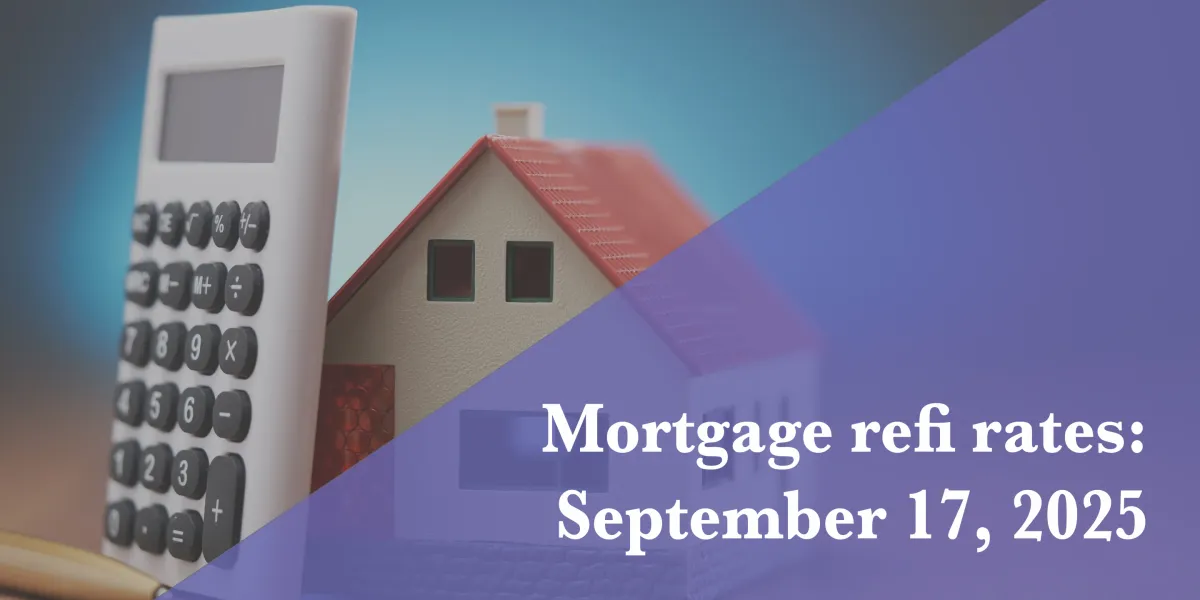
The U.S. Federal Reserve is expected to implement its first interest rate cut of 2025, with market consensus pointing to a 25 basis point reduction in September, according to Reuters. While much attention has focused on macroeconomic growth and inflation, economists warn that the rate cut could have immediate implications for households grappling with high borrowing costs.
Mortgage and loan rates, which are closely tied to the federal funds rate, could decline if the Fed eases policy, potentially providing relief to millions of American homeowners and prospective buyers. According to Bloomberg, the average 30-year mortgage rate has hovered near 7% in recent months, creating affordability challenges for households and dampening new home purchases. A modest rate cut could reduce monthly payments and ease financial strain.
Consumer debt is another key area that could benefit. Reuters reported that total U.S. household debt reached $18.5 trillion in mid-2025, including significant balances in credit cards and auto loans. Lower interest rates could reduce the cost of servicing this debt, freeing up disposable income for everyday spending. Analysts suggest that this may stimulate sectors such as retail, travel, and dining, which have seen growth moderated by inflationary pressures.
However, the effects may be uneven. According to Bloomberg, some households with adjustable-rate mortgages or variable-rate student loans could see relief immediately, while those with fixed-rate debt will benefit more slowly. Furthermore, some economists warn that rate cuts could inadvertently encourage risk-taking in personal finance and investments if borrowers overextend themselves in a low-rate environment.
Investors are also paying close attention to the Fed’s messaging. Reuters reported that markets are sensitive not only to the cut itself but to forward guidance on how long rates will remain lower. Signals that the Fed intends to maintain an accommodative stance could influence consumer confidence and spending decisions.
Ultimately, while the rate cut is designed to support broader economic growth, its most tangible effects may be felt by households navigating high living costs, mortgage burdens, and consumer debt. Policymakers face the challenge of balancing stimulus with long-term financial stability, aiming to provide relief without inadvertently creating new vulnerabilities in personal finances.



